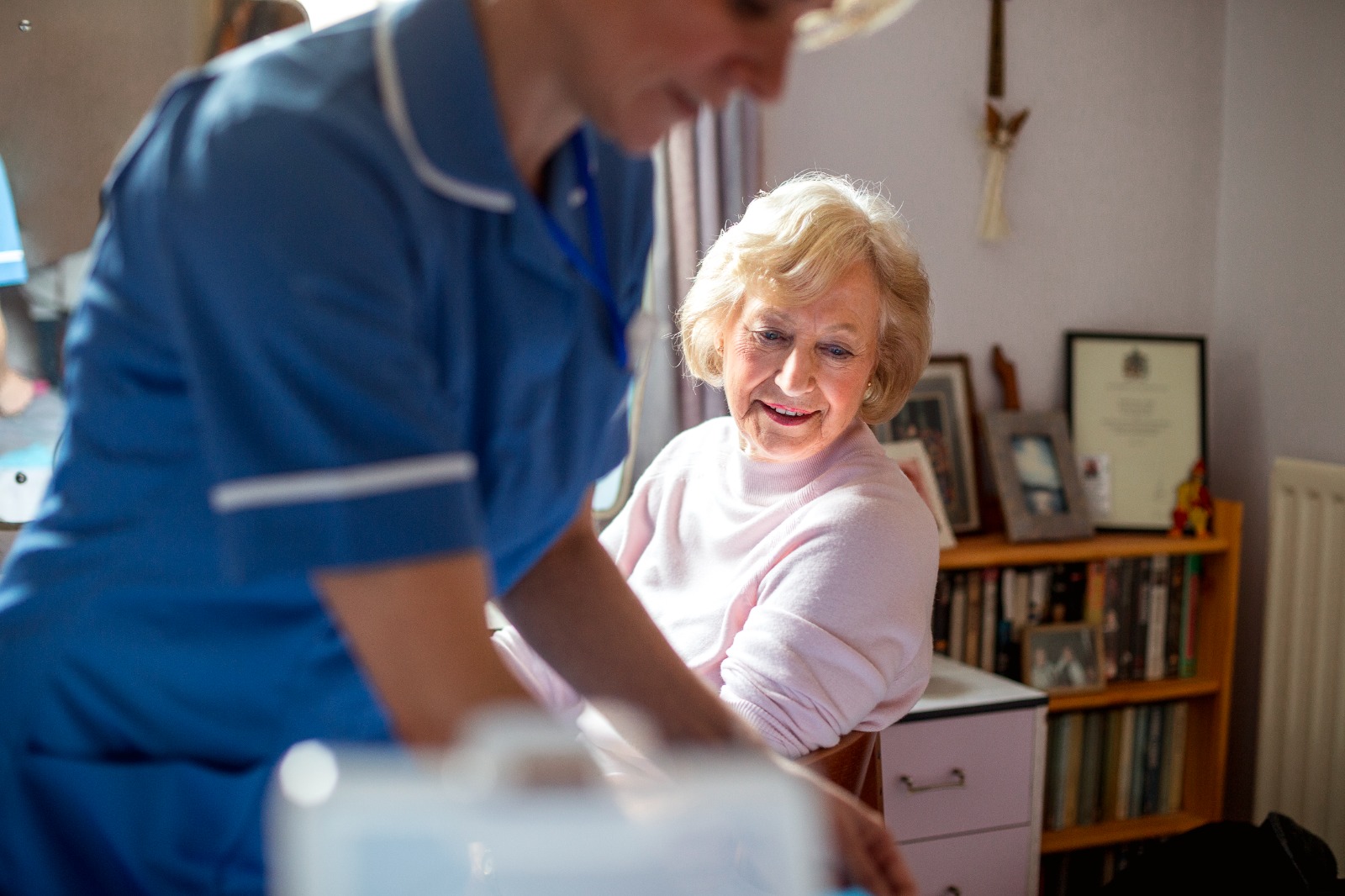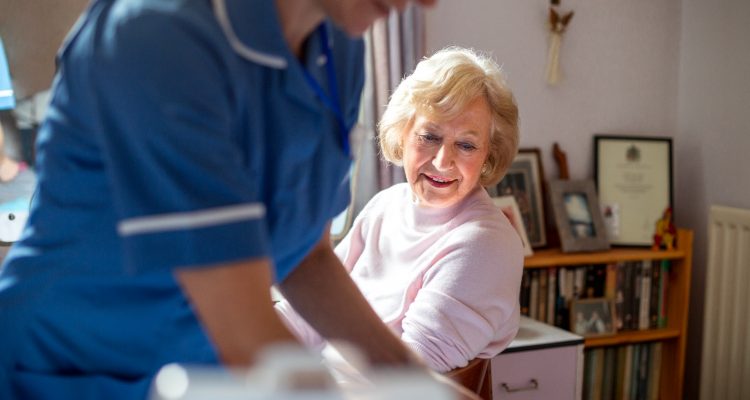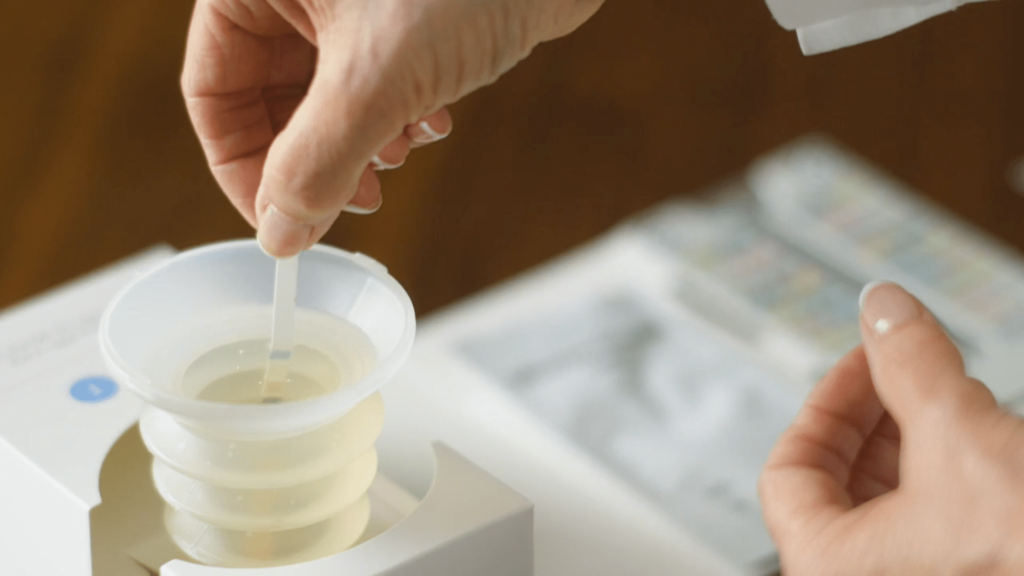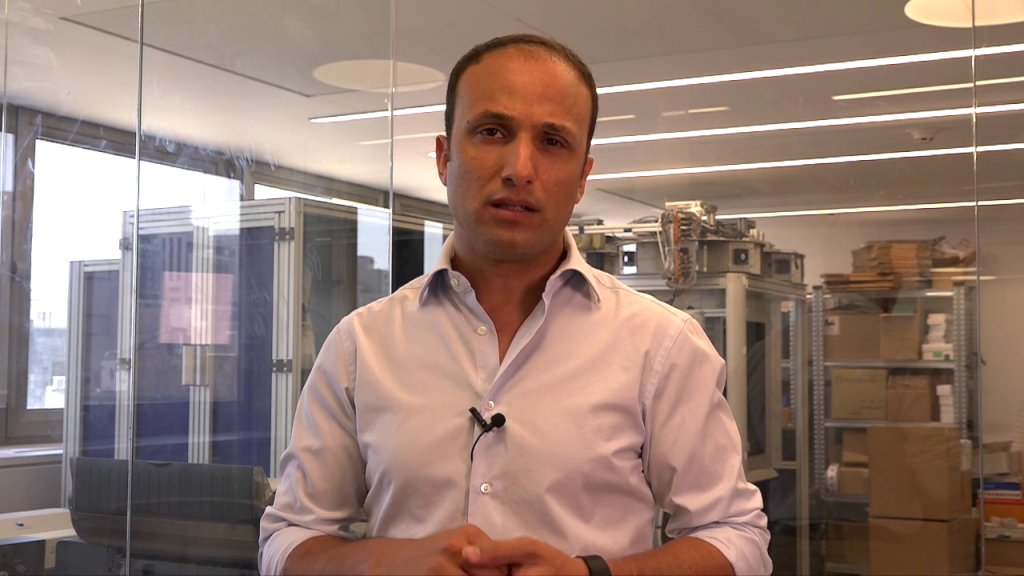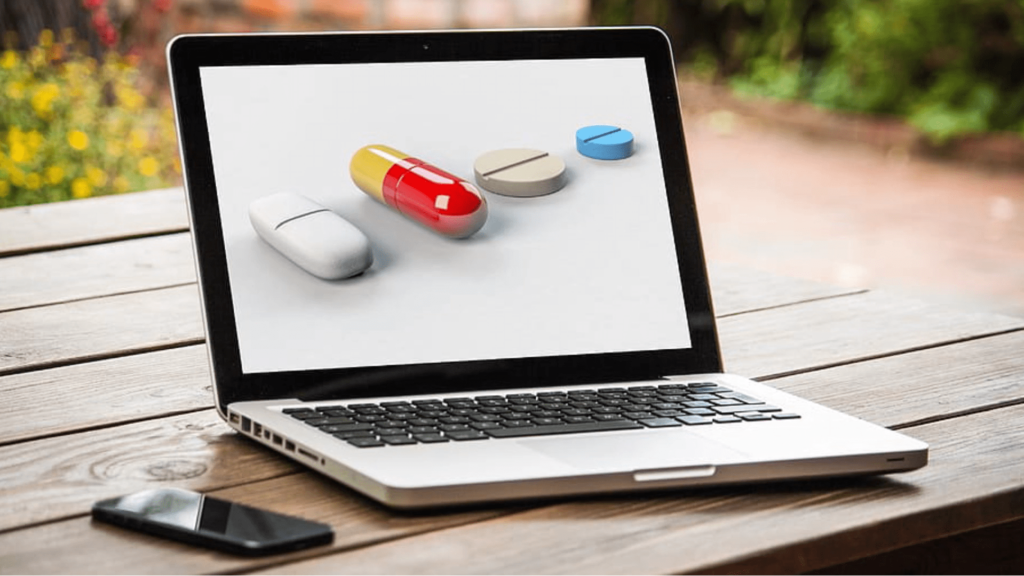Chronic wounds are a global, silent epidemic, affecting tens of millions of people around the world. These are the wounds that don’t heal in a timely fashion, taking months or even years to heal. The toll these wounds take on the lives of patients is significant. Chronic wounds generally impact an already vulnerable, chronically ill, and older population and can limit the mobility, social interaction, and mental health of patients.
In the United States, 6.5 million people have chronic wounds, costing more than $25 billion annually. In the United Kingdom, some 2.2 million people suffer from such wounds. The cost of wound care to the National Health Service is over £5 billion every year—roughly the same as the cost of treating cancer. The aging global population, the rise in the number of people living with diabetes (a third of wounds are caused by diabetic foot ulcers), and a surge in obesity levels have caused an increase in the prevalence of chronic wounds, one that is expected to continue over the coming years.
Many studies have shown the importance of continuous wound measurement to healing. Nurses, already overextended, are on the front line of wound care, but the tools they are using for measuring and documenting chronic wounds are inconsistent and rudimentary. Nurses often measure wounds with basic paper rulers, make a decision based on size, color and smell to gauge whether skin tissue is healing. Without an accurate method of record-keeping, clinicians struggle to share and track results over time, possibly leading to prolonged healing times, and growing distress for patients.
We’ve developed unique capabilities and expertise in using computer vision technology to turn the everyday smartphone into products that simplify existing clinical pathways. Following the success of our digital urinalysis services, we’ve launched a digital wound management solution for clinicians, tackling the lack of documentation and data-driven decision-making in the wound care space. We’re excited to bring our expertise in image and color recognition algorithms—the heart of our trailblazing line of urinalysis products—to wound care.
Our solution is designed to fit naturally into the workflow of time-strapped wound care professionals, making documenting wounds as simple as taking a selfie. The solution was successfully registered with the U.S. Food and Drug Administration, and is also CE marked.
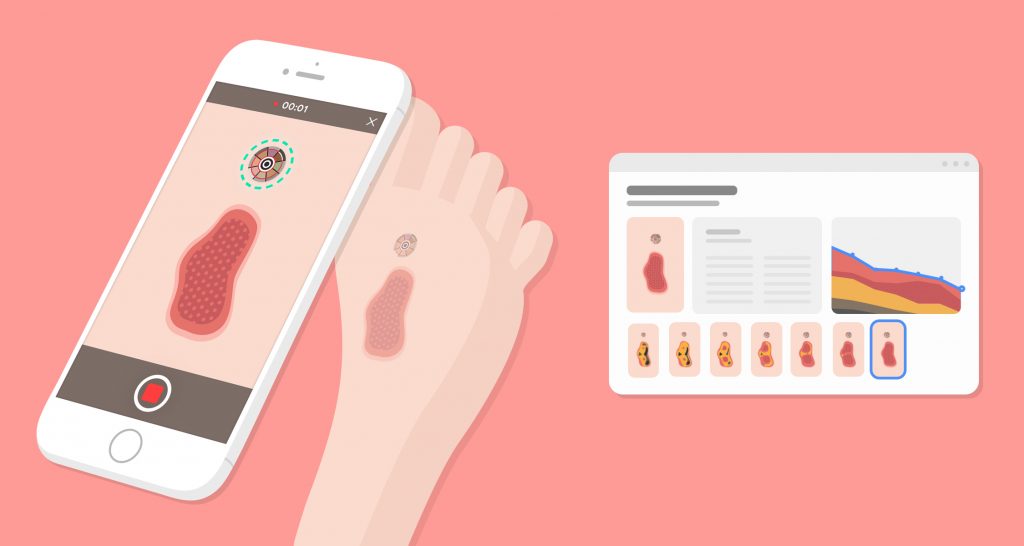
How It Works
Using a smartphone app and two calibration stickers placed around a wound to track dimensions, clinicians can scan the wound and get a measurement quickly and effectively, eliminating human error and discrepancies. Wound images are automatically calibrated for size, depth, lighting, and dimensions to ensure that wound data is standardized across the board. Rather than simply capturing an image, our technology builds a 3D image enabling more comprehensive documentation.
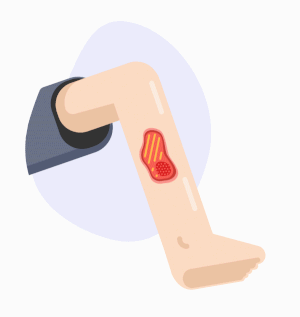
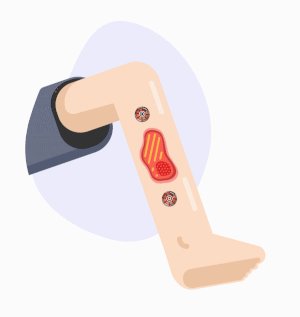
Beyond the imaging component, the service enables the digitization of best practice guidelines for wound documentation. In order to maintain consistent documentation, nurses can specify different qualitative and quantitative characteristics of the wound, such as the wound’s location and the patient’s level of pain. Using the app, nurses can also document the administered treatment plan, reference past treatment and normalize past photos, and create a report summarising each wound’s progress over time. This data is automatically uploaded to the clinical record so that all clinicians involved in the care of the patient can see it.
Improving wound care is a national priority for the NHS, and our service is already being used in several clinics across the United Kingdom. Gill Cooper, RGN, Clinical Lead Nurse at Wokingham Medical Centre, where the service is used, says it has had a big impact:
“Patients now feel that the progress of their wounds is being tracked with photographs and they are also able to have a look at these and understand the progression/deterioration and we can discuss treatment together.
“The biggest impact for us is having photographs of the wound. It has given us the chance to review wounds and to think about the wound care before the patient even enters the room.”
By streamlining documentation and providing automatic measurements of the wound over time, this service can promote evidence-based care decisions and reduce further complications, setting a new standard for wound care. This service will also help overburdened nurses objectively and consistently monitor their patients more efficiently over the course of treatment. And beyond facilitating care and healing for individual patients, precise measurement and tracking over time will help inform larger trends and understandings, helping clinicians use data to identify best practices for wound care and improve patient outcomes.
Learn more about our digital wound management solution.

